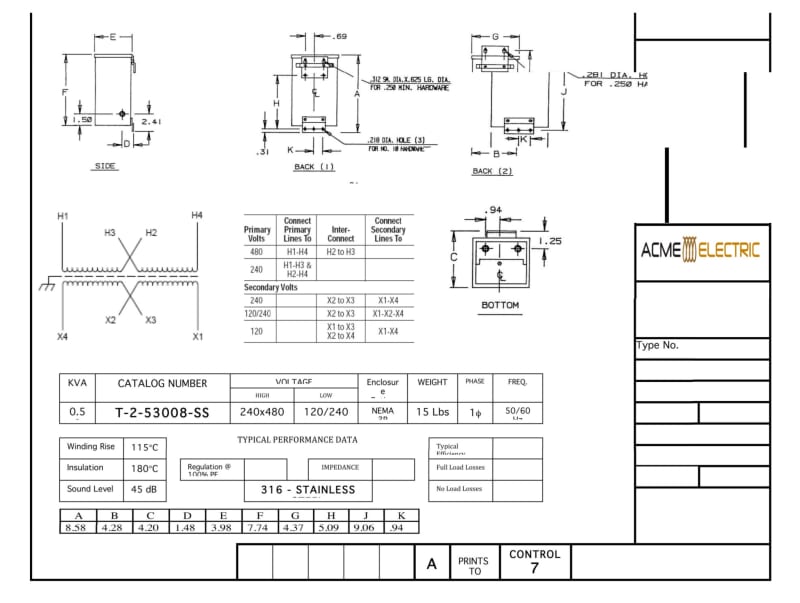AppleJaxJap
Electrical
- Jul 1, 2016
- 17
I want 240 L-N
Can i Ground X4 tie x2 and x3 togather and use X1
wire to the device would be x4=N and x1=L
240V L-N
should work but the connection diagram is not showing it

This is your life and its ending one moment at a time.
Can i Ground X4 tie x2 and x3 togather and use X1
wire to the device would be x4=N and x1=L
240V L-N
should work but the connection diagram is not showing it

This is your life and its ending one moment at a time.
